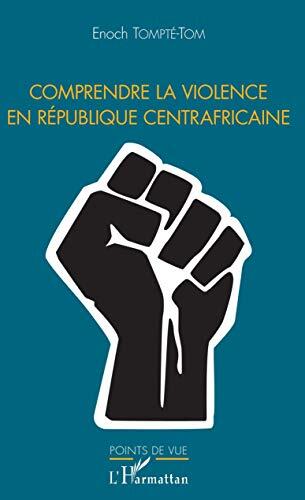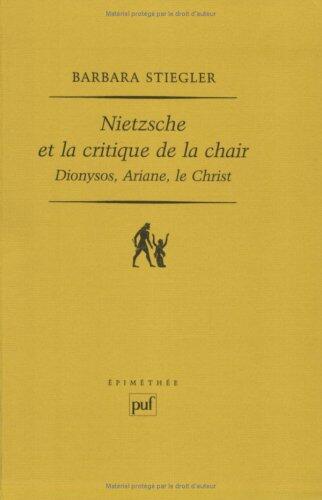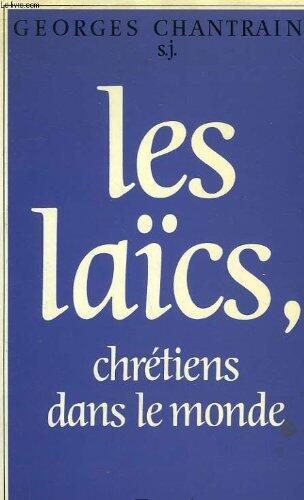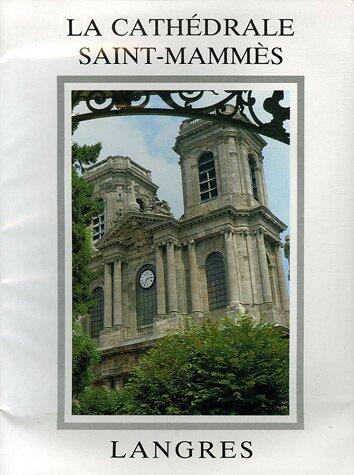
Comprendre la violence en République centrafricaine
by:
Enoch Tompté-Tom
Language: French
Format: Paperback
ISBN 10: 2343156360
ISBN 13: 9782343156361
Publication date:
January 17th, 2019
Publisher: Editions L'Harmattan
Pages: 164
Genres: Religion & Spirituality
Enoch Tompte-Tom delves into the complex and multifaceted landscape of violence in the Central African Republic, offering readers a profound understanding of the underlying causes and effects that have plagued this nation. With a nuanced approach, the author explores historical, social, and political dimensions, painting a vivid picture of a country grappling with its turbulent past and a challenging present.
The narrative is enriched by a blend of personal testimonies, scholarly analysis, and engaging storytelling, making the difficult subject matter accessible to a broad audience. Tompte-Tom highlights the impact of colonial legacies, ethnic tensions, and the struggle for power that has led to cycles of conflict and unrest, providing essential context for anyone looking to grasp the intricacies of this situation.
Through careful examination, the author also looks at the responses from both local communities and international actors, shedding light on potential paths towards healing and reconciliation. This exploration serves as a poignant call to action, urging readers to reflect on the broader implications of violence in the region.
Ultimately, the work stands as a significant contribution to the discourse on Central African affairs, challenging assumptions and inviting a deeper conversation about peace and justice in a place that has endured so much hardship.
The narrative is enriched by a blend of personal testimonies, scholarly analysis, and engaging storytelling, making the difficult subject matter accessible to a broad audience. Tompte-Tom highlights the impact of colonial legacies, ethnic tensions, and the struggle for power that has led to cycles of conflict and unrest, providing essential context for anyone looking to grasp the intricacies of this situation.
Through careful examination, the author also looks at the responses from both local communities and international actors, shedding light on potential paths towards healing and reconciliation. This exploration serves as a poignant call to action, urging readers to reflect on the broader implications of violence in the region.
Ultimately, the work stands as a significant contribution to the discourse on Central African affairs, challenging assumptions and inviting a deeper conversation about peace and justice in a place that has endured so much hardship.











